Table of Contents
What kind of training would it be if I didn´t do a deadlift? Not only do you involve an extensive range of muscle areas, but it also brings you many health and physical benefits. Learn why the deadlift is rightly considered one of the top exercises, what its variations are, and what mistakes you should avoid when doing it.
What is a deadlift?
The deadlift is a royal exercise that everyone should include in their training plan. By doing it, you will increase your strength and strengthen a large number of muscles, strengthen your legs and buttocks, improve dexterity and eliminate low back pain or damage to the plates. It is simply a multifunctional exercise with many benefits if you do it correctly and without unnecessary mistakes. Besides, you will only need one useful tool in the form of a two-handed dumbbell to do it. You can also use grips or exercise gloves for a better grip and protection of your hands. [1] [2] [3]
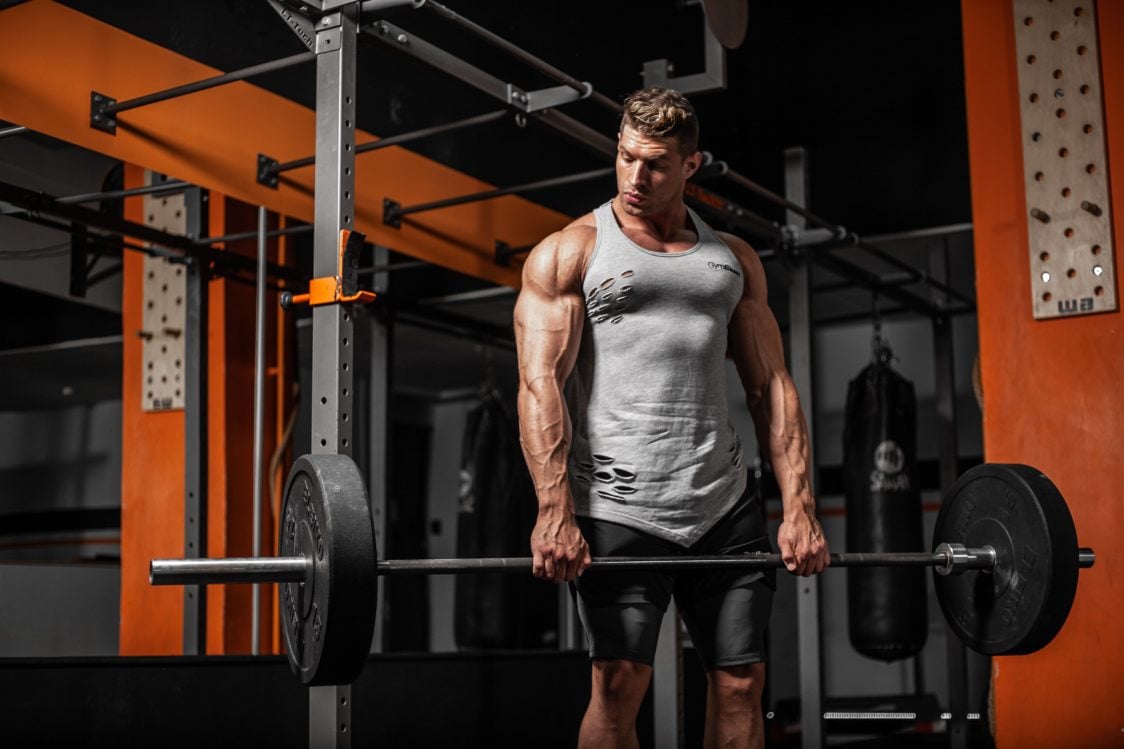
Benefits of deadlift
Doing a deadlift brings a number of benefits and advantages that you may not have even known about. For example, his practice: [6] [7]
- contributes to fat burning
- improves posture
- involves several muscle groups at once
- increases the power you use outside the gym
- builds hand strength
- increases hormone levels
- will improve your condition
- is the prevention of injuries during other exercises
- is inexpensive
You can read the details of these benefits in our article 10 benefits for which you have to make a deadlift.
What muscles do you train with a deadlift?
One of the main advantages of a deadlift is its overall effect on the growth of multiple muscles. Deadlifts are similar to squats because they are also complex exercises and focus on practising an extensive range of muscle parts. [4] [5]
Muscles targeted by deadlift include:
- quads
- hamstrings
- calves
- large sciatic muscle and associated muscles
- loins
- forearm
- trapezes
- shoulders
- blades
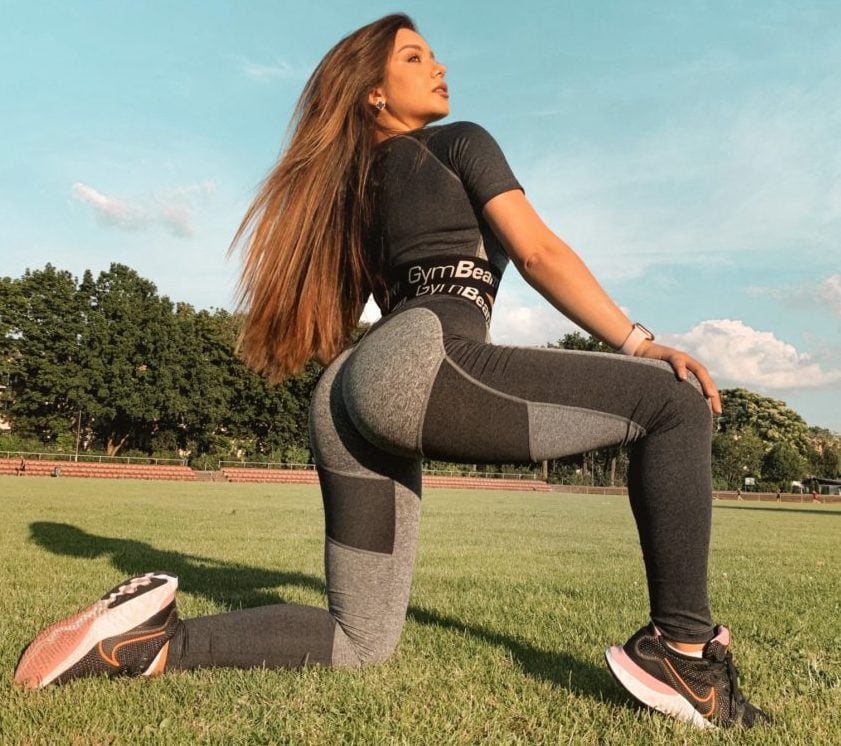
The right technique for performing a deadlift
You will need a standard two-handed barbell to perform a deadlift. For beginners, it is recommended not to add any or only minimal weights to avoid unnecessary injury. The weight you use should depend on your physical condition. [1] [2] [3] [5]
You might be interested in these products:
How to do to deadlift correctly:
- Place the barbell on the ground and stand next to it so that the tibia bones almost touch the barbell.
- Maintain a shoulder-width stance. The tips of the feet point forward.
- Lean forward and grab the barbell. Here you can use 2 ways of gripping – hold the barbell with both hands with the palms facing down or use an alternating grip with one palm facing up and the other facing down. The grip of the hands should be slightly wider than the position of the legs.
- When leaning forward, push your knees and hips slightly back.
- Keep your back straight when lifting the barbell from the ground.
- Use the leg muscles, not the back, to lift the barbell up. Keep your head straight, never lift it up.
- When you reach the final standing position, push your hips back, lower your shoulder blades and squeeze your sciatic muscles.
- The barbell should remain below or at the level of the hips, the arms and back should be outstretched.
- Do not switch knees in the final phase.
- Then return to the starting position, keeping your back straight and pushing your hips back again. The barbell must still touch the ground.
- Inhale by getting up from the starting position and exhale in the final standing position. It is important to breathe in the abdomen, not in the chest.
To get the best understanding of the right deadlift technique, you can also watch the following video:
Deadlift variants
In the previous chapter, we introduced you to the correct technique for performing a classic deadlift. If you master its technique 100%, there is nothing to prevent you from including in your training plan slightly more complex variants, which will definitely diversify your training. [11] [12]
Romanian deadlift
It is similar to the classic deadlift but differs from it by several basic features. The first is the fact that we involve much more hamstrings in the Romanian deadlift than in the traditional deadlift. Its Romanian version focuses primarily on rehearsing this part of the body. At the same time, the Romanian deadlift does not start from a position where the barbell is on the ground, but is in an elevated position, for example on a multipress. In the case of the classic deadlift, we will also place the barbell entirely on the ground, in the case of the Romanian one, you will stop the barbell above the ground so that you can feel the hamstrings as much as possible.
Sumo deadlift
This variation of deadlift does not strain the lower back in the starting position. The sumo deadlift is most often used by powerlifters who lift really heavy weights and want to prevent injuries. The primary difference between the classic deadlift and its sumo version is the position. The width of the legs at the initial stage must be much larger than the width of the arms. The tips of the feet will not point forward but to the sides. You do not grip the dumbbell as you would with a classic deadlift, but you catch it from the inside of the legs, in the middle.
Deadlift with trapbar barbell
The technique of this variant is identical to the classic deadlift. The only difference is the barbell that is used in it. To perform it, you will need an Olympic trap bar, thanks to which you will mainly use legs when performing the exercise, and not the back or any other muscles.
Deadlift with a single-arm weights
Again, a classic deadlift, in which two single arms are used instead of one large barbell. However, it is a more challenging version of the traditional deadlift, in which the weight of the dumbbells is distributed in two hands. However, when lifting one-handed arms, the weight does not spread out in any way so that this design may seem much more difficult for you.
The most common mistakes when making a deadlift
You will not achieve the benefits mentioned above if you do not perform the deadlift correctly. In the previous chapter, we went through the correct technique of performing this exercise. Nevertheless, some practitioners repeatedly make mistakes that pave the way for their goal. We, therefore, looked at the most common mistakes that athletes make when performing a deadlift. [8] [9] [10]
You are standing too far from the barbell
For the deadlift to be performed correctly and with all the necessary muscles involved, you must maintain a strict stance. Do not move too far away from the barbell; otherwise, you may cause unpleasant injuries or back pain. At the same time, you should place the barbell on the ground exactly where you lifted it during the initial phase. Do not put it too far from the tibia, otherwise, you can start exercising again.
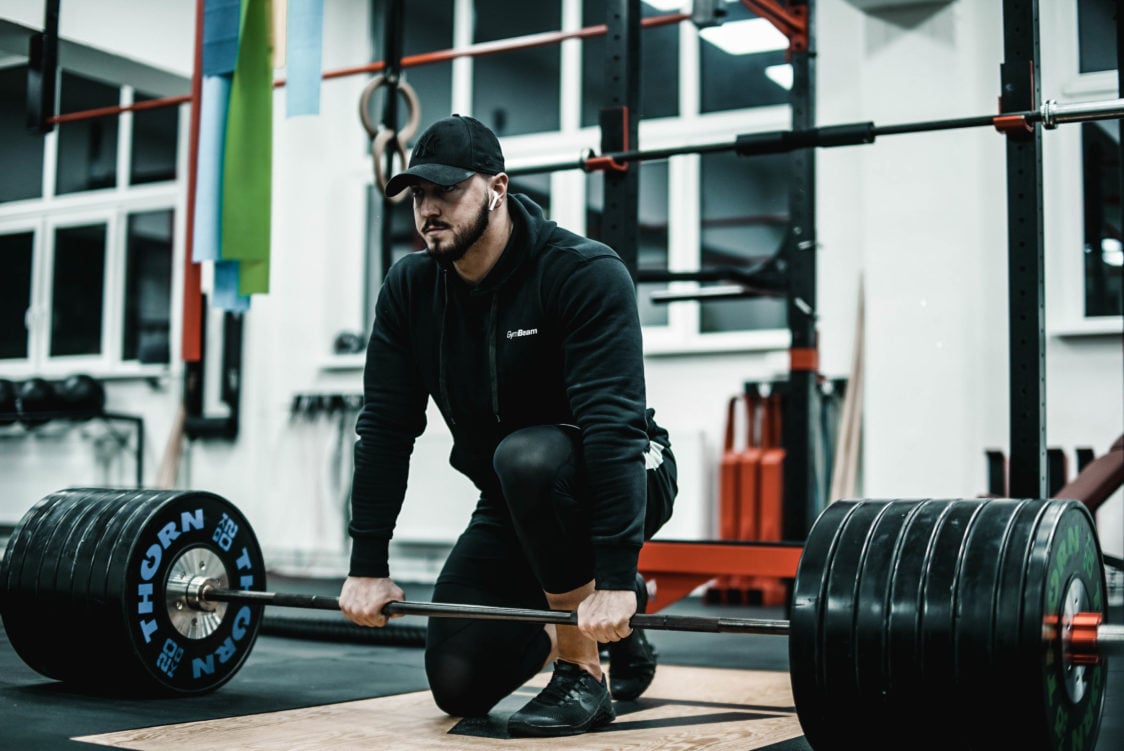
You squat when lifting dumbbells
The deadlift is similar to a squat, but it’s not a variation of the squat. In both exercises, the same or similar muscles are involved and usually have the same effect – strengthening the legs and sciatic muscles. However, this definitely does not mean that you should squat in a deadlift. Many people tend to keep their backs perpendicular to the ground when lifting dumbbells, which is typical of squatting with weights. During a deadlift, the back must always be stretched, and it must not be perpendicular to the ground. At the same time, when placing the barbell on the ground, you do not go into full support, you simply stop when the barbell touches the ground, you do not make any other extra downward movement.
Do not place the barbell completely on the ground
A common problem when performing the classic variant of a deadlift. The barbell still has to touch the ground, except for the Romanian deadlift. If you do not place the barbell on the ground, you may put too much strain on your back, hips and knees due to the high weight of the barbell. You can then cause unpleasant injuries, such as popping the plate, blocking the vertebrae or a sprained knee.
Do not stretch before making a deadlift
You should omit static stretching completely before performing a deadlift. It can do you more harm than good in the form of unpleasant injuries. You should, therefore, focus on dynamic stretching, such as squats, lunges or light running.

You have a rounded or curved back
It is ideal when performing a deadlift to maintain a straight, protruding back, or a neutral back position. However, many exercisers tend to push their backs forward or backwards. This is the so-called kyphotic position (rounded back) and hyper exposed position (protruding chest and back arched inwards). There is a high risk of injury in these positions.
Do not pull the blades back
Retracting the shoulder blades will help you maintain a neutral spine. When the shoulders protrude (relax forward), the spine is weakened and will be much easier to bend and round.
You tear with a barbell
The lower the weight of the barbell, the more often this problem arises. Many people tend to tear it when lifting a barbell as if they want to do exercises primarily on the biceps or triceps. However, this is not the right technique. The hands that hold the barbell must always stay in the same position – outstretched hands in the forearms and shoulders. It is therefore not necessary to tear the barbell or lift it higher.
You have a bad eccentric phase
As mentioned in the point above, one of the most common mistakes in doing a deadlift is the tendency of people to squat. For the most part, this is not intentional and can also cause an unconscious ill-return to the starting position. The reason may even be bending the knees too early. It would help if you only bent them when you return the barbell to the ground and it is already below your knees. If you start to bend your knees when the barbell is above them, you will automatically place it in the wrong position, and it will be far from your legs.
What do you say, can this exercise be loved even more? Thanks to its benefits and the full range of muscle parts that you involve in it, the deadlift is clearly one of the best exercises among strength exercises. Do you include deadlift in your training plan? Share your impressions of this exercise in the comments. If you liked the article, don’t forget to share it with your gym buddies.
[1] How to Deadlift with Proper Form: The Definitive Guide – https://stronglifts.com/deadlift/
[2] Todd Bumgardner – How To Deadlift: A Beginner’s Guide – https://www.bodybuilding.com/content/how-to-deadlift-beginners-guide.html
[3] David Robson – Deadlifts: The King Of Mass-Builders? – https://www.bodybuilding.com/content/deadlifts-the-king-of-mass-builders.html
[4] Avi Silverberg – Muscles Used In The Deadlift (Ultimate Guide) – https://powerliftingtechnique.com/deadlift-muscles/
[5] Jake Boly – The Deadlift | How To, Muscles Worked, Benefits, and More – https://barbend.com/deadlift/
[6] Michelle Kennedy Hogan – 10 Benefits of Deadlifts You Probably Never Knew – https://www.lifehack.org/articles/lifestyle/benefits-deadlifts-you-probably-never-knew.html
[7] Andra Picincu, CN, CPT – What Are the Benefits of Deadlifting? – https://www.livestrong.com/article/464927-what-are-the-benefits-of-deadlifting/
[8] Anthony J. Yeung – The 10 Worst Deadlifting Mistakes – https://www.muscleandfitness.com/workouts/workout-tips/10-deadlift-mistakes-avoid/
[9] Will Davis – The 5 Most Common Deadlift Mistakes – https://www.t-nation.com/training/5-most-common-deadlift-mistakes
[10] Fix the 10 Most Common Deadlift Technique Mistakes – https://www.stack.com/a/deadlift-mistakes
[11] Bret Contreras – 19 Squat & Deadlift Variations – https://www.t-nation.com/training/squat-deadlift-variations
[12] 8 Awesome Deadlift Variations and What They Do – https://www.stack.com/a/best-deadlift-variation

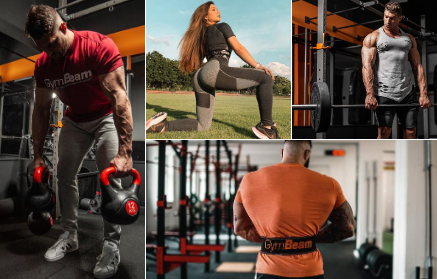
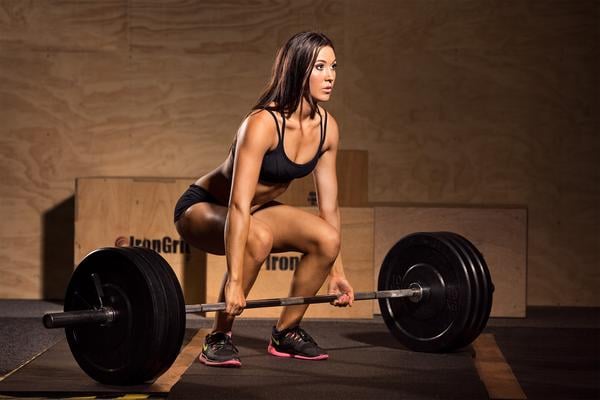
Add a comment